Home>Others>Specialized Home Improvement Topics>How To Defrost Car Windows Without Heat


Specialized Home Improvement Topics
How To Defrost Car Windows Without Heat
Modified: August 30, 2024
Learn effective methods for defrosting car windows without using heat. Discover specialized home improvement topics to keep your vehicle windows clear in cold weather.
(Many of the links in this article redirect to a specific reviewed product. Your purchase of these products through affiliate links helps to generate commission for Storables.com, at no extra cost. Learn more)
Introduction
Defrosting car windows without the aid of heat can be a challenging task, especially during the frosty winter months. Whether you're facing a car with a broken heating system or simply wish to explore alternative methods, there are several effective techniques to consider. By utilizing de-icing solutions, scraping ice, employing household items, and implementing preventive measures, you can effectively tackle the frost and ensure clear visibility for safe driving.
In this comprehensive guide, we will explore various methods to defrost car windows without relying on heat. From utilizing commercial de-icing products to leveraging simple household solutions, you'll discover practical and efficient ways to combat icy windshields. Additionally, we'll delve into preventive measures to minimize frost buildup and streamline your defrosting process.
Let's embark on this journey to uncover innovative and effective strategies for defrosting car windows without heat, empowering you to conquer winter's icy grip with confidence and ease.
Key Takeaways:
- Defrosting car windows without heat is possible using de-icing solutions, scraping ice, and homemade alternatives. Prevention tips, such as using a windshield cover and parking in a covered area, can also minimize the need for extensive defrosting.
- By utilizing proactive measures and effective defrosting techniques, you can conquer winter’s icy grip and ensure clear visibility for safe driving. Whether it’s commercial de-icing solutions or resourceful DIY methods, there are valuable solutions for combating frost and ice buildup on your car windows.
Read more: How To Darken Car Windows Without Tint
Using a De-icing Solution
One of the most convenient ways to defrost car windows without heat is by utilizing a commercial de-icing solution. These readily available products are specifically designed to swiftly dissolve ice and frost, making them a popular choice for many drivers.
To use a de-icing solution, start by carefully spraying it onto the icy areas of your windshield. Ensure thorough coverage, focusing on the areas with the most significant ice buildup. Allow the solution to penetrate the ice for a few moments, effectively breaking down its structure. Once the ice begins to loosen, use a windshield wiper or a soft cloth to gently wipe away the slush. Repeat the process as needed until the windshield is clear and frost-free.
When selecting a de-icing solution, opt for a high-quality product that is safe for use on automotive surfaces. Some solutions are formulated to prevent refreezing, providing an added layer of protection against recurring ice buildup. It’s essential to follow the manufacturer’s instructions and precautions when using these products to ensure optimal results and safeguard your vehicle’s finish.
By incorporating a reliable de-icing solution into your winter car care routine, you can effectively and efficiently eliminate frost from your windows without relying on heat, enabling you to hit the road with clear visibility and enhanced safety.
Scraping the Ice
When faced with stubborn ice on your car windows, resorting to good old-fashioned manual labor can be remarkably effective. Scraping the ice off the windshield is a time-honored method that requires minimal resources but yields impressive results.
To begin, equip yourself with a sturdy ice scraper or a dedicated windshield scraper tool. These implements are designed to effectively chip away at the ice without damaging the glass. Start from the top of the windshield and work your way down, applying firm but gentle pressure to dislodge the ice. It’s crucial to avoid using metal tools or sharp objects, as these can scratch or otherwise compromise the integrity of the glass.
For particularly stubborn ice, consider using a scraper with a built-in brush to sweep away the loosened ice and slush. This dual-action approach can expedite the process and ensure a clear, unobstructed view through the windshield.
While manual ice scraping may require physical effort, it remains a reliable and accessible method for defrosting car windows without heat. By investing in a quality ice scraper and mastering the technique, you can effectively combat icy conditions and prepare your vehicle for safe and unobstructed driving.
Using a Credit Card
When faced with an unexpectedly icy windshield and lacking specialized tools, a credit card can serve as a surprisingly effective makeshift scraper. While this method may seem unconventional, the rigid edge of a plastic credit card can effectively dislodge thin layers of ice, providing a temporary solution for clearing your car windows.
To utilize a credit card for ice removal, firmly grasp the card and position it at a slight angle against the icy surface. Apply steady pressure as you push the card along the glass, gradually loosening the ice. It’s important to exercise caution and avoid using excessive force to prevent damage to the card or the windshield.
While a credit card may not be as efficient as a dedicated ice scraper, it can serve as a viable stopgap measure in situations where conventional tools are unavailable. However, it’s essential to note that repeated use of a credit card for ice removal can potentially damage the card, so it’s advisable to reserve this method for emergencies or as a temporary solution until a proper ice scraper can be obtained.
By leveraging the resourcefulness of a credit card, you can navigate through unexpected icy encounters and swiftly restore visibility to your car windows, ensuring a safer and more comfortable driving experience.
Covering the Windshield
Preventing ice buildup on your car windows can be just as important as effectively removing it. One proactive approach to minimize frost accumulation is to cover your windshield during cold or inclement weather. By employing a purpose-designed windshield cover or utilizing alternative materials, you can shield your vehicle’s windows from frost and significantly reduce the need for extensive defrosting.
A windshield cover, often made of durable and weather-resistant materials, is designed to fit over the exterior of the windshield, providing a protective barrier against ice, snow, and frost. This simple yet effective solution can be easily installed and removed, making it a convenient option for daily use during the winter months. Additionally, some covers feature secure fastenings or weights to ensure a snug fit and prevent displacement in windy conditions.
If a dedicated windshield cover is not readily available, improvised alternatives such as large fabric or plastic sheets can be utilized to achieve a similar effect. Simply drape the material over the windshield and secure it in place using the vehicle’s wipers or by tucking the edges into the closed doors. This makeshift solution can offer valuable protection against frost buildup, sparing you the effort of extensive defrosting in the morning.
By proactively covering your windshield, you can minimize the impact of frost and ice, streamlining your morning routine and ensuring clear visibility for safe driving. This preventive measure not only reduces the need for time-consuming defrosting but also helps preserve the integrity of your car’s windows, contributing to a more pleasant and stress-free winter driving experience.
Use a mixture of 2/3 rubbing alcohol and 1/3 water in a spray bottle. Spray it on the icy windows and watch the ice melt away without using heat.
Read more: How To Clean A Freezer Without Defrosting
Using Warm Water
When facing a thick layer of ice on your car windows and lacking access to heat, utilizing warm water can provide an effective solution for defrosting. While this method requires caution to prevent thermal shock and potential damage to the glass, when executed carefully, it can expedite the ice removal process and restore visibility to your windshield.
To employ warm water for ice removal, begin by preparing a container of lukewarm water. It’s crucial to avoid using hot or boiling water, as the extreme temperature differential can cause the glass to crack or shatter. Gently pour the warm water over the icy areas, allowing it to gradually melt the ice. As the ice begins to loosen, use a windshield wiper or a soft cloth to carefully wipe away the slush, ensuring a clear and unobstructed view.
It’s important to exercise caution and attentiveness when using warm water for ice removal, as improper application can lead to adverse consequences. Additionally, this method is best suited for situations where other defrosting options are unavailable, and the ice layer is particularly thick and resistant to conventional removal techniques.
By judiciously leveraging warm water as a defrosting aid, you can effectively tackle stubborn ice buildup on your car windows, enabling you to resume your travels with enhanced visibility and confidence, even in the most challenging winter conditions.
Using a Homemade De-icing Solution
For those seeking a DIY approach to defrosting car windows without heat, a homemade de-icing solution can offer a cost-effective and accessible alternative to commercial products. By combining common household ingredients, you can create a simple yet effective solution to combat icy windshields.
One popular homemade de-icing solution involves mixing isopropyl alcohol with water. In a spray bottle, combine two parts isopropyl alcohol with one part water, creating a potent yet gentle de-icing fluid. Isopropyl alcohol, with its low freezing point, helps to break down ice and frost, facilitating easier removal from the windshield.
To use the homemade de-icing solution, generously spray the mixture onto the icy areas of the windshield, ensuring thorough coverage. Allow the solution to permeate the ice for a brief period, then proceed to gently wipe away the slush using a windshield wiper or a soft cloth. Repeat the application as needed until the windshield is clear and frost-free.
Another homemade alternative involves a vinegar and water solution. By combining equal parts of white vinegar and water in a spray bottle, you can create a de-icing fluid that effectively tackles ice buildup. The acetic acid in vinegar helps to weaken the ice, making it easier to remove without causing damage to the glass.
By harnessing the power of homemade de-icing solutions, you can effectively and affordably address icy windshields without relying on heat or commercial products. These DIY alternatives not only provide a practical solution for immediate ice removal but also offer the satisfaction of resourcefulness and self-sufficiency in maintaining your vehicle during the winter season.
Prevention Tips
Preventing ice buildup on your car windows can streamline your morning routine and minimize the need for extensive defrosting. By incorporating proactive measures into your winter car care regimen, you can mitigate the impact of frost and ice, ensuring clearer visibility and a more comfortable driving experience.
- Use a Windshield Cover: Invest in a purpose-designed windshield cover or utilize alternative materials to shield your windshield from frost and snow accumulation. This simple yet effective solution can significantly reduce the need for extensive defrosting.
- Park in a Garage or Covered Area: Whenever possible, park your vehicle in a garage or covered area to protect it from exposure to freezing temperatures and inclement weather, minimizing the likelihood of ice buildup on the windows.
- Apply a Commercial Anti-icing Product: Prior to cold or frost-prone weather, treat your car windows with a commercial anti-icing product to create a protective barrier against frost and ice formation, making subsequent removal easier.
- Utilize Homemade De-icing Solutions: Keep a supply of homemade de-icing solutions, such as isopropyl alcohol and water or vinegar and water, readily available for swift application when encountering icy conditions.
- Regularly Clear Debris and Moisture: Clear any accumulated debris, leaves, or moisture from the windshield and wiper blades to prevent the formation of ice and ensure unobstructed wiper operation.
- Check and Replace Worn Wiper Blades: Inspect and replace worn wiper blades to maintain optimal performance, ensuring effective removal of ice and snow from the windshield.
By implementing these preventive measures, you can proactively minimize the impact of frost and ice on your car windows, simplifying your defrosting routine and enhancing safety and convenience during the winter months.
Conclusion
Defrosting car windows without heat presents a common challenge during the winter months, but with the diverse array of techniques and preventive measures available, you can effectively navigate through icy encounters and ensure clear visibility for safe driving. Whether you opt for commercial de-icing solutions, manual ice scraping, or resourceful DIY methods, each approach offers a valuable solution for combating frost and ice buildup on your car windows.
By proactively covering your windshield, utilizing preventive products, and incorporating homemade de-icing solutions into your winter car care routine, you can minimize the impact of frost and streamline your defrosting process. These proactive measures not only reduce the need for extensive ice removal but also contribute to a more pleasant and stress-free winter driving experience.
Remember, safety should always be a top priority when addressing icy windshields. Exercise caution when using warm water or homemade de-icing solutions to prevent damage to the glass, and ensure that your chosen method aligns with the specific conditions and requirements of your vehicle.
As you embark on this journey to conquer winter’s icy grip, may these innovative and effective strategies empower you to navigate through frosty encounters with confidence and ease. By embracing a combination of proactive prevention and effective defrosting techniques, you can ensure that your car windows remain clear and unobstructed, allowing you to embark on your travels with enhanced safety and peace of mind.
With these valuable insights and practical tips at your disposal, you are well-equipped to tackle the challenges of defrosting car windows without heat, transforming frosty obstacles into opportunities for a seamless and enjoyable driving experience.
Frequently Asked Questions about How To Defrost Car Windows Without Heat
Was this page helpful?
At Storables.com, we guarantee accurate and reliable information. Our content, validated by Expert Board Contributors, is crafted following stringent Editorial Policies. We're committed to providing you with well-researched, expert-backed insights for all your informational needs.
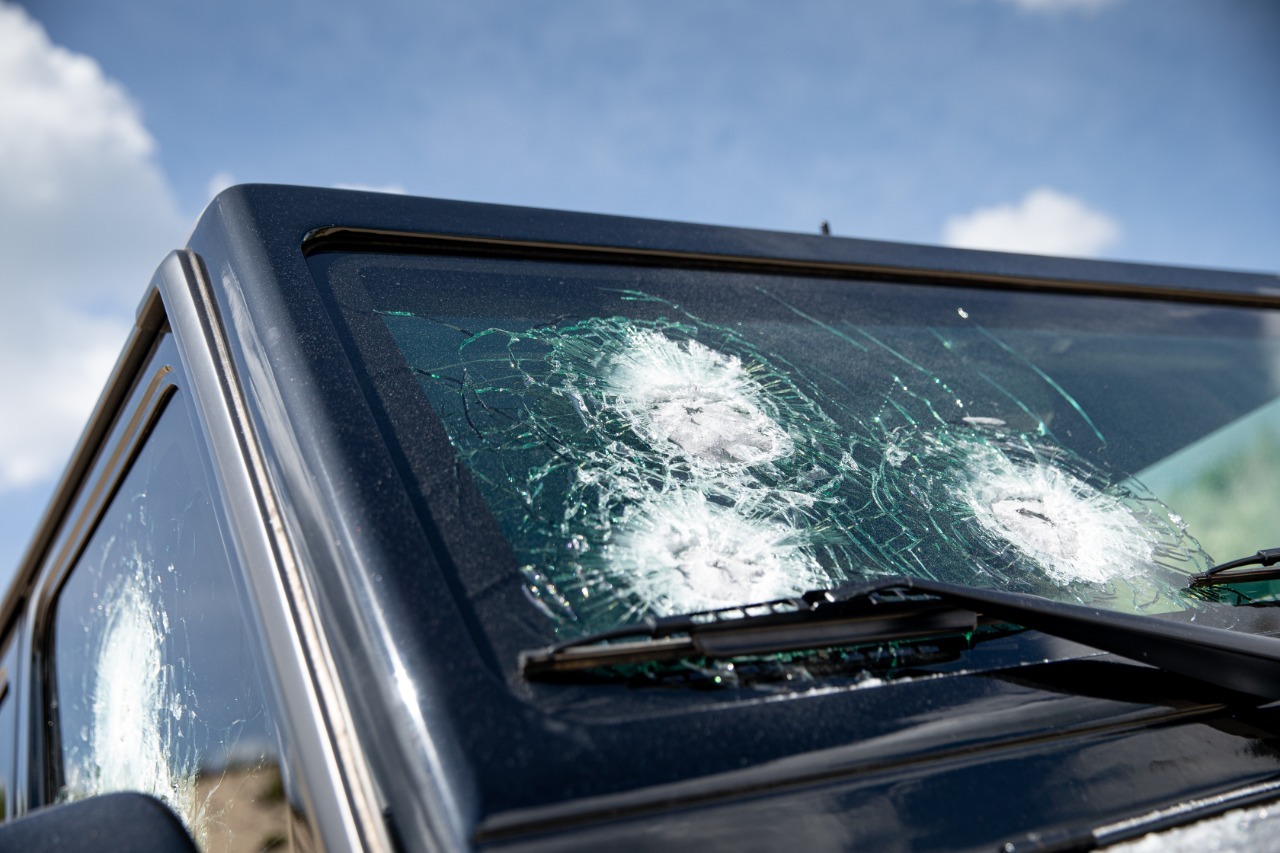
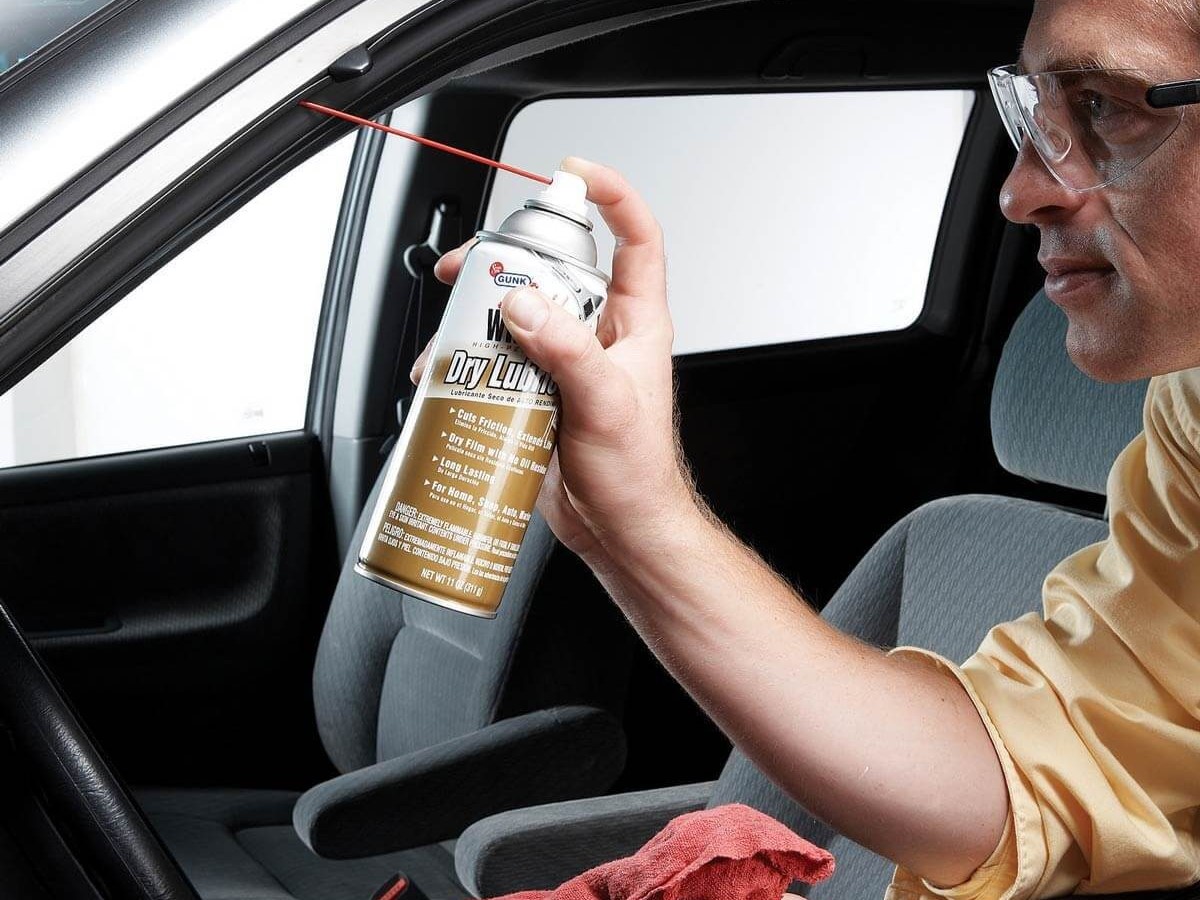
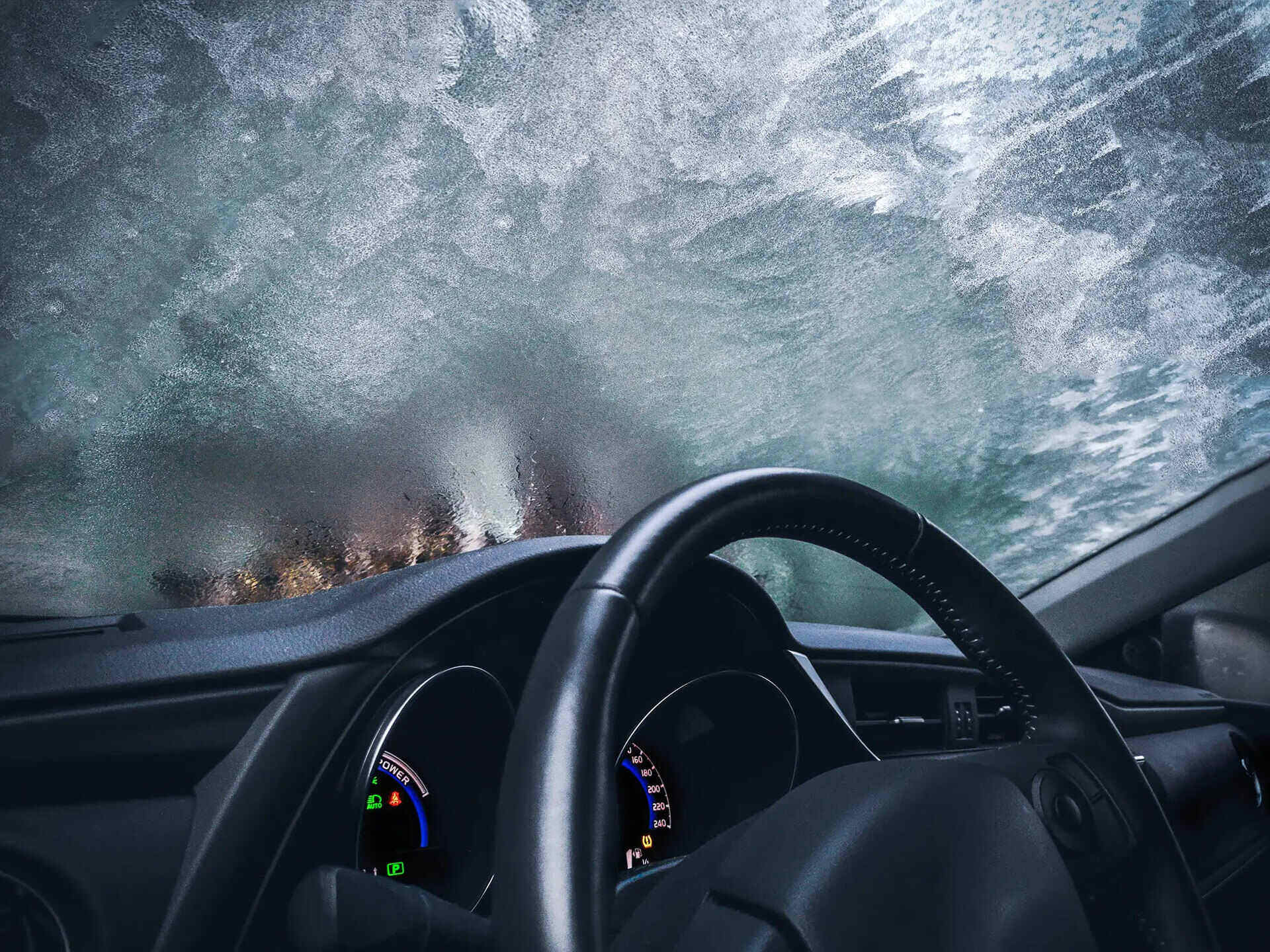
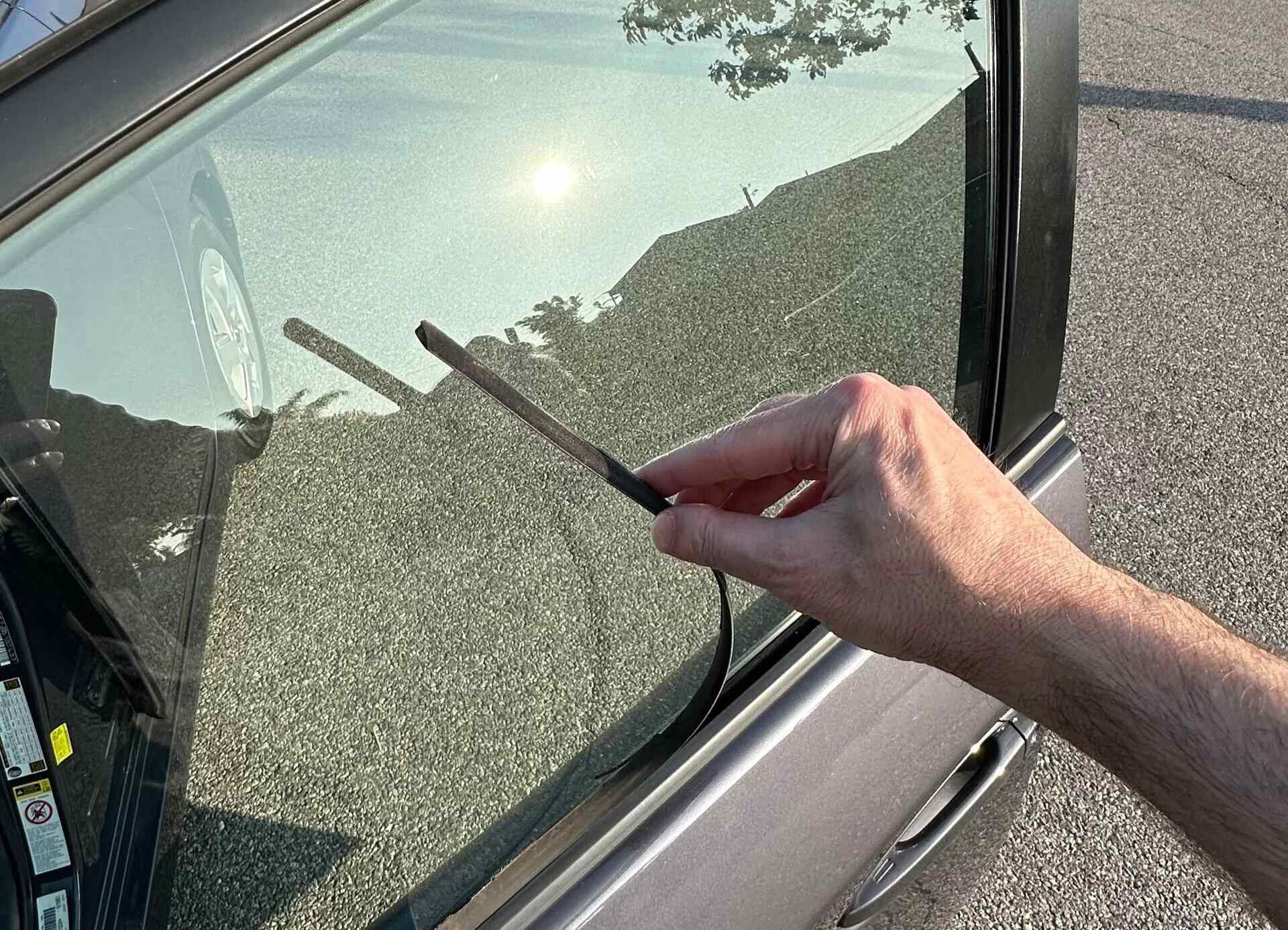



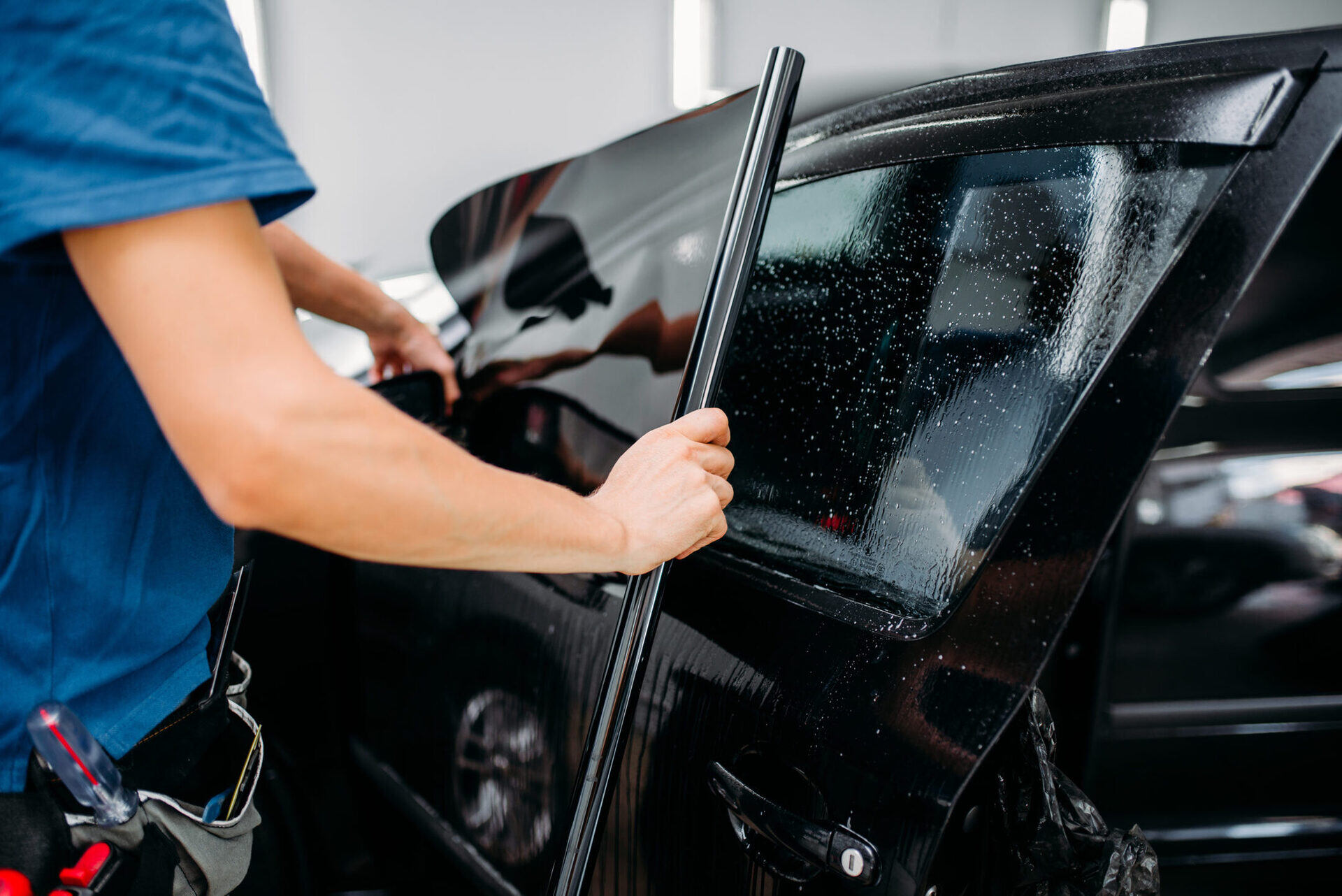

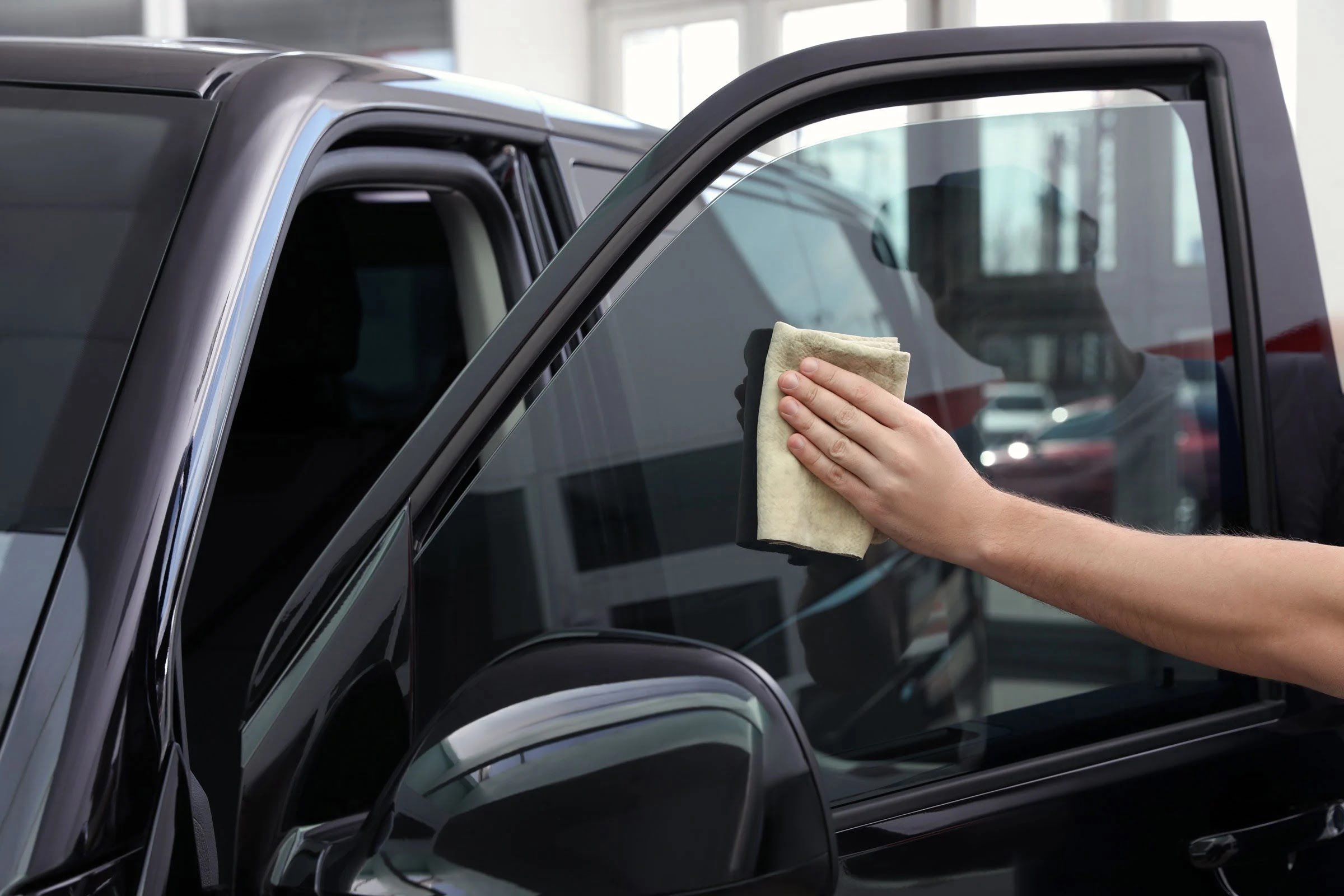
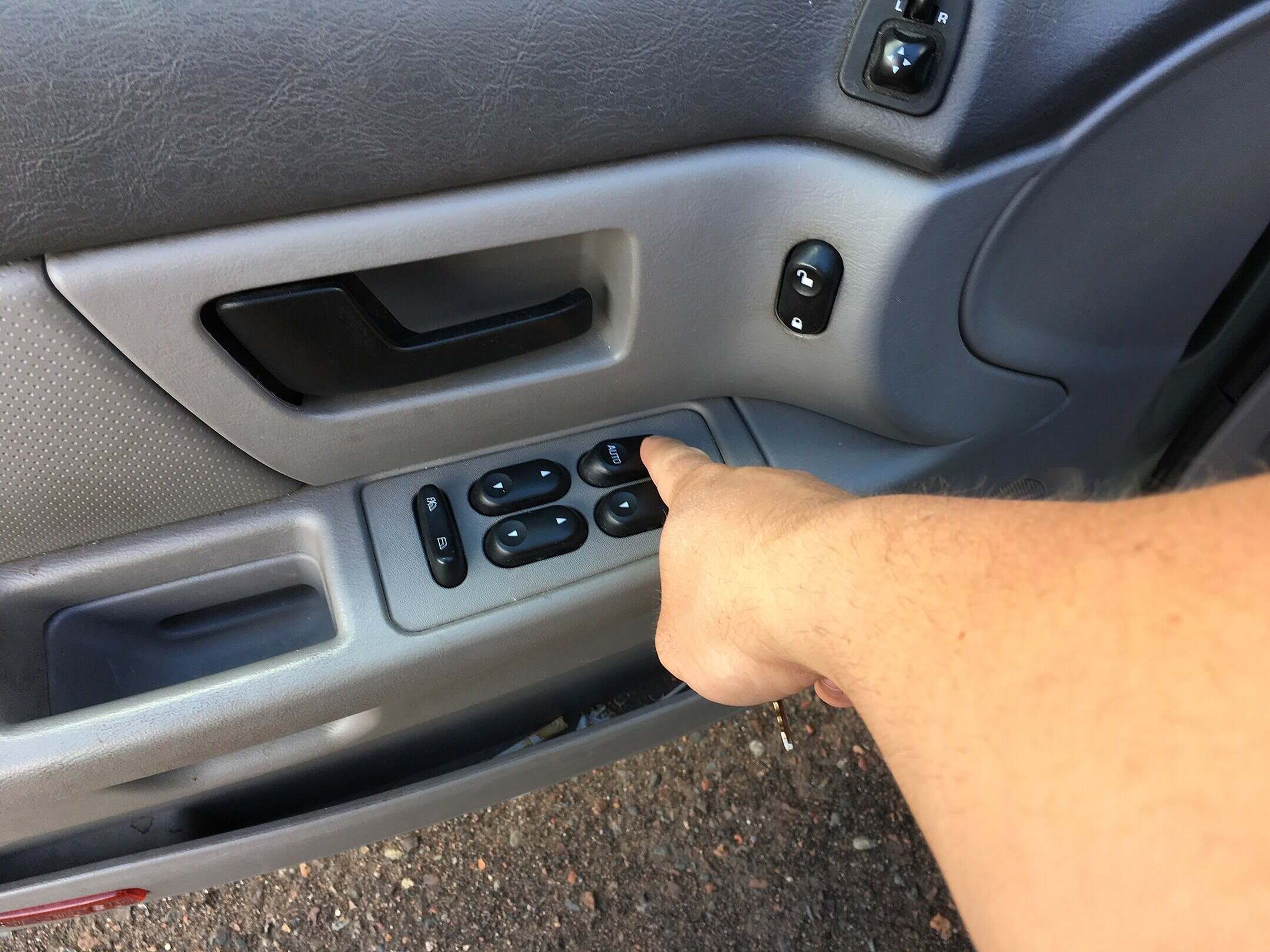
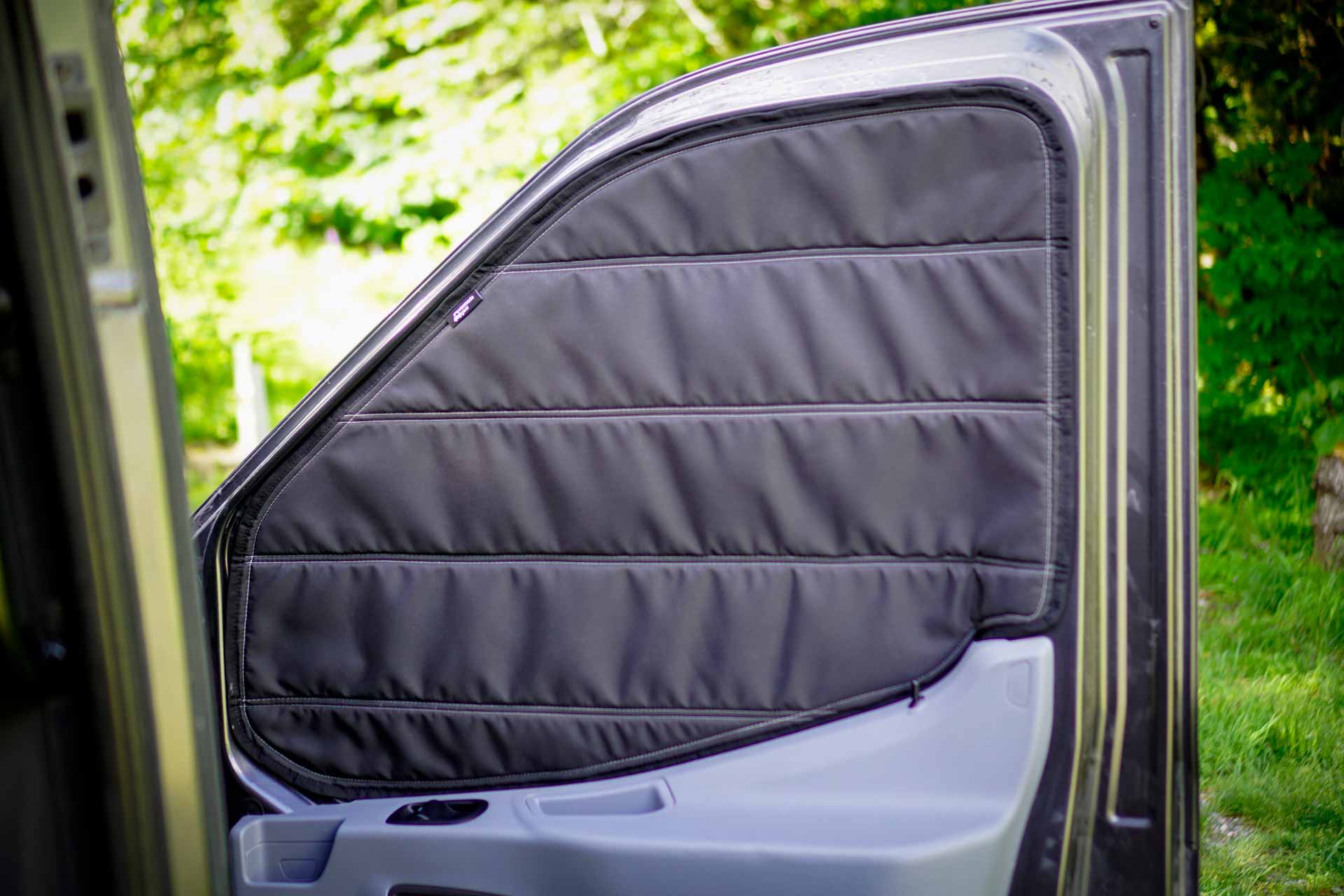
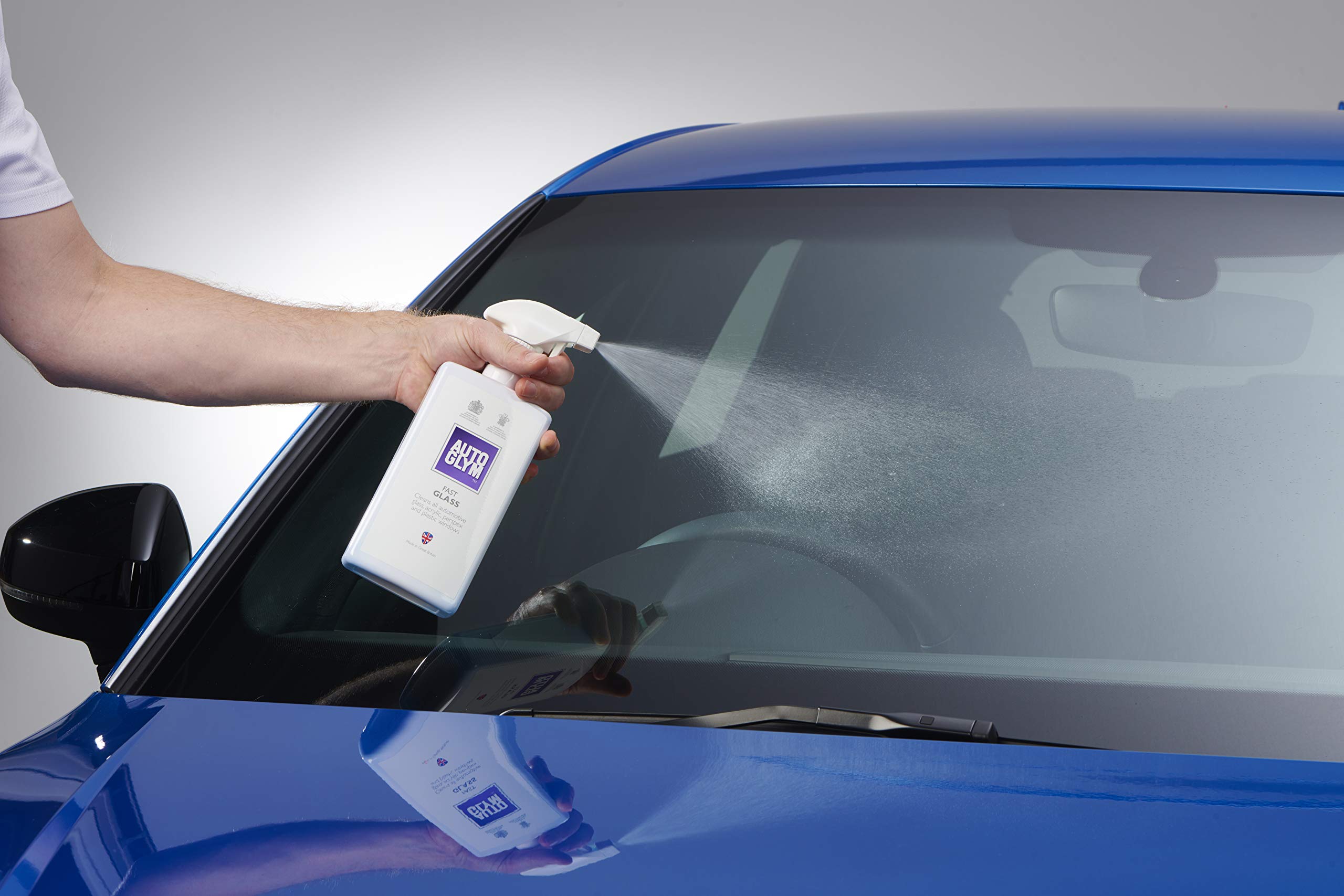


0 thoughts on “How To Defrost Car Windows Without Heat”